Vodka is still king of the spirits. For all the press around trendier categories like whiskey or tequila, vodka retains the sales crown. It represents about one-third of spirits volume nationwide.
And vodka is still growing. The category was up a respectable 1.2% in sales in 2019, according to the Beverage Information and Insights Group, with domestic increasing 2%.
This year, the Covid-19 crisis will likely strengthen vodka’s reign. Retailers across the country report customers reaching for vodka, especially larger-format bottles. Consumers want to stock up on well-known, versatile spirits.
Vodka seems well suited for the current environment. With that in mind, we look at nine trends defining the category in 2020.
1) Domestic Means Quality
In years past, U.S. consumers looked at imported vodka as luxury items compared with domestic brands. If you wanted to splurge on vodka, you did not buy American.
This attitude has changed, of course, as the craft spirits movement produces high quality
at home.
“With such a wide spectrum of styles, origins, terroir and flavors available now in American-crafted vodka at a great value, consumers give equal respect to domestic vodka that they used to give imports,” says Britt West, VP/GM of spirits for E. & J. Gallo Winery. This company is behind New Amsterdam Vodka, a 2020 Growth Brands Award winner.
The operative phrase in West’s observation is “great value.” That is how many modern American brands have attempted to stand out in comparison with imported counterparts.
Launched by the Kansas-based MGP Ingredients in 2016, Till Vodka, “fits in with super-premium vodkas in terms of quality, but at a lower price,” says Andy Mansinne, VP of brands. “The brand has a price-value relationship of around $25, but consumers only pay $15-$16.”
It goes without saying, but the brand that sparked this domestic movement is a certain trend-setting Texas vodka.
“The biggest change in vodka over the last handful of years has been the shift in consumer attention from super-premium imported vodka to premium domestic vodka,” says Matti Anttila, Founder and CEO of Grain & Barrel Spirits. “Most notably, this has been led by Tito’s.”
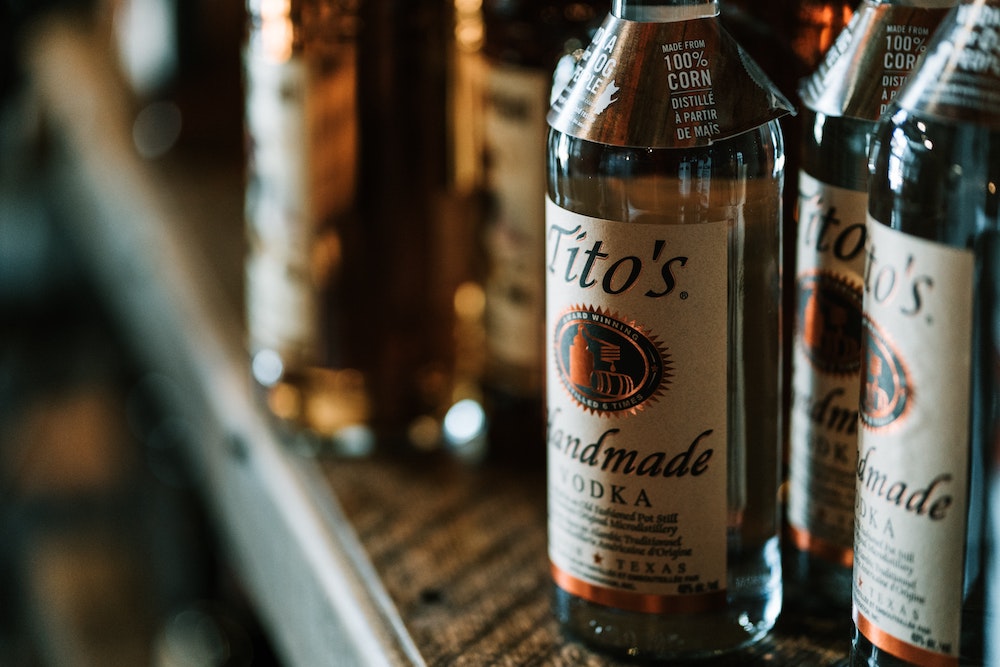
2) American-Made Marketing
Naturally, others agree.
“The phenomenon of Tito’s, you cannot ignore it,” says Mansinne of MGP. “It is a key category driver.”
The meteoric rise of Tito’s continued in 2019. The brand grew 20% in this country to reach 8.8 million 9-L cases. Part of the Tito’s magic is tapping into America as a core branding component. It successfully connected into the spirit of the U.S. Many other brands have since followed.
Country music star Blake Shelton helped launch Smithworks Vodka in 2016, with branding that clearly signals “American-made.” MGP’s Till Vodka is another example. With distribution growing steadily across the country, Till proudly celebrates its U.S. ingredients and heritage. It’s distilled from wheat sourced from Kansas farms.
“Using only wheat gives us the smoothness and creaminess that the American palate is asking for,” Mansinne explains. “This offers unique qualities, even in a colorless and odorless spirit.”
The brand name invokes American culture. A till is a classic farming implement. “We took our Kansas farming heritage and used it as a name to represent the brand’s heartland values,” Mansinne says.
Middle American values transcend that part of the country.
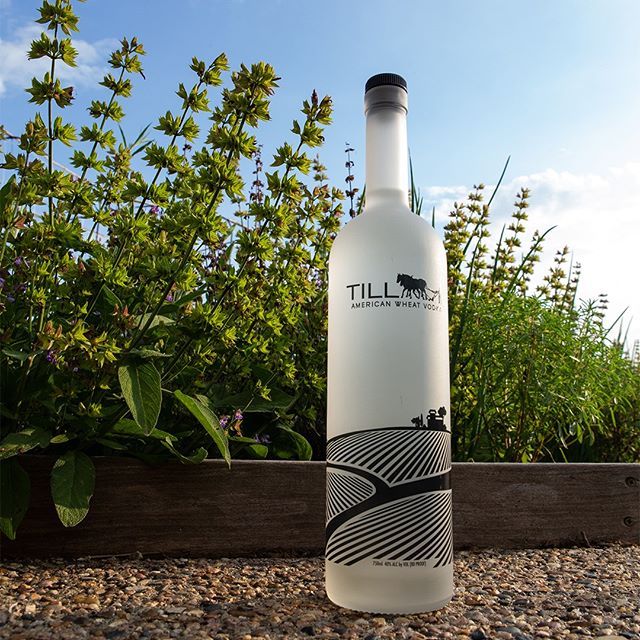
“Whether a consumer is sitting in Chicago or Washington D.C., they still get it,” Mansinne says. “It harkens back to hard work, integrity and family — qualities we try to invoke with TIL.”
3) Regional Brands Emerge
As Till shows with its Kansas roots, the American-made vodka trend is splintering into regional varieties. This makes sense, as provincial styles have already emerged in U.S. craft beer, whiskey and wine. Vodka is following suit.
For instance: Dixie Southern Vodka, another 2020 Growth Brands Awards winner.
“Overall, the vodka category has benefited from the movement towards craft, regional and local, which we had first seen in craft beer,” says Anttila of Grain & Barrel Spirits, which is behind Dixie.
This brand launched in 2014 with the goal to “tell the story of the South with authentic, all-natural flavors.” Accordingly, Dixie Peach Vodka sources peaches from Lane Southern Orchards in Georgia. Dixie Mint uses mint grown by Dohn and Nelson Gardens in Louisville.
Like Till with Kansas and Tito’s with Texas, Dixie believes that consumers everywhere can resonate with its regional theme.
“We wanted to create a brand that you could call your own, whether you were in Jacksonville or Baton Rouge or anywhere in between,” says Anttila. “Just because we’re a Southern brand doesn’t mean we can’t be relevant broadly. People like the idea of the South. It speaks to ideas of civility, hospitality: things people appreciate.”
This also plays into one of the key tenants of the craft movement. People today want to know more about where — and how — their brands originated.
“Consumers want to hear the stories behind the brands,” says Anttila. “Like, who are the farmers? A sense of place is critical for consumers. Consumers want brands that they can identify with on a personal level.”
This remains relevant in the age of COVID-19.
“Generally, all this coming together in this time of crisis, it makes people more inclined to buy local and buy domestic,” Anttila says.
Blood x Sweat x Tears Vodka hails from Oregon. When you think of distillers in The Beaver State, you probably picture hipster locales in the craft meccas of Seattle or Portland. But Blood x Sweat x Tears is from Eugene, 110 miles south of those other cities, operating out of a converted laundromat.
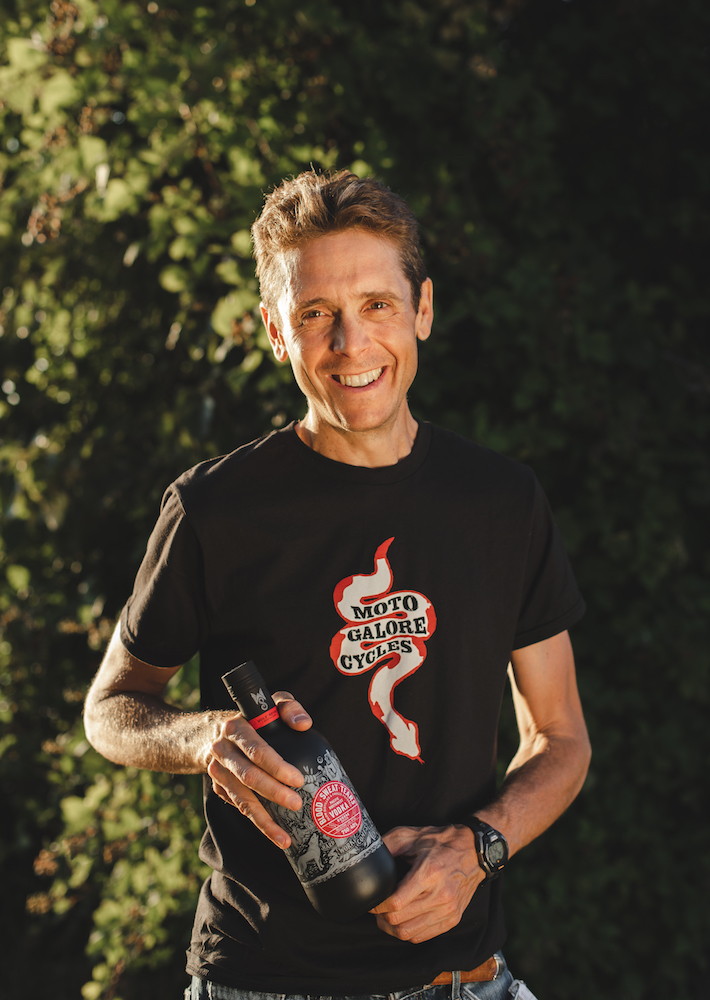
“I wanted to bring out some regional character,” explains Umberto Luchini, proprietor of Wolf Spirits, which is behind the brand. “America, in the end, is a bundle of very strong regions. And within those regions, you have personalities that go beyond their borders.”
“Pacific Northwest is craft to the extreme,” he adds. “There’s grim weather: wet, humid, grey. But people roll up their sleeves and get things done and still live life outside.”
Head distiller Ben Green, by Luchini’s admission, comes from a troubled background — and is self-taught. Covered in tattoos, Green looks more like a hardened mixologist than a scientific distiller. “Vodka is able to bring out character through its distillers,” says Luchini.
Regionalization and local character are trends far beyond America, of course.
Crystal Head Vodka highlights the flavors of Canada. “Our original blend uses Canadian corn, which adds natural sweet and vanilla notes to the vodka,” says Daniella Vizzari, assistant marketing manager.
Absolut Vodka emphasizes a Swedish provenance.
“Absolut only uses hardy winter wheat from the area surrounding Ahus in southern Sweden,” says Simon de Beauregard, engagement director for Absolut at Pernod Ricard USA. “The fertile fields in southern Sweden are ideal for growing wheat, with yields around twice as high as the global average for wheat production.”
“Absolut Vodka has been produced in Ahus for more than 100 years, and we believe that creating vodka of impeccable quality requires shared values,” he adds. “It requires trust in traditions and knowledge that have been passed down through generations of farmers and distillers.”
4) Imported Vodkas Highlight History, Quality
The boom in U.S.-made vodka has put imported brands in the odd position of playing defense. Their part of the category was down 0.4% in America in 2019.
“Imported brands have had a hammering of late,” says James Chase, founder of the British brand, Chase Vodka. “Whilst the vodka soda thrives, very few new consumers into the category seek out niche or alternative brands. However, we are seeing some interest back at the ‘top end’, and some bartenders are seeking out quality vodkas that offer a great story and, of course, taste of something unique.”
It’s in these stories where imported brands find their differentiation.
“If you’re making a product and you’re not prepared to go deep in authenticating it for the consumers, then you should save your money,” says Steve Bellini, EVP of business development for New Zealand’s Broken Shed Vodka. “At Broken Shed, we’re so lucky in this regard, because we only use the purist New Zealand waters, which are known and verified throughout the world.”
“Also, our use of locally sourced, grass-fed whey protein within the distillation process three times is compelling enough that consumers seeking an authentic vodka brand are taking notice,” he adds.
Many of these brands have history on their side.

“Chopin is made in our distillery that has been crafting vodka for 124 years,” says Tad Dorda, founder and CEO of the Polish brand, Chopin Vodka. “The first vodka to debut in the United States was after Prohibition – about 85 years ago. To put it simply, we have the knowledge and experience under our belt.”
One might suggest that this advantage in time reflects in the quality of imported vodka.
“The European Union has stringent guidelines for consumer goods,” Dorda says. “Therefore, I would argue that if a European product is brought to the United States using the same level of standard of the E.U., I infer that it is a far higher quality.”
With such broad history behind them, imported brands can tap into trends new and established.
“Imported vodka brands can attract American consumers’ attention by capitalizing on millennials’ interest in cocktail culture,” says de Beauregard of Absolut Vodka and Pernod Ricard USA. “Vodka’s mixability has helped make it a key ingredient in many craft cocktails. And the premium quality of many imported vodkas fits the ongoing premiumization trend.”
“In addition to leveraging those trends, Absolut Vodka is also attracting attention by building on its long, rich history as a purpose-led brand and cultural-change agent,” he adds.
This includes the days when Andy Warhol designed Absolut ads, along with the brand’s four decades of supporting the LGBTQ community. “Today, we’re excited to be putting programs in place — starting with our Drink Responsibly, #SexResponsibly campaign — which are allowing today’s consumers to understand Absolut’s story in a way that’s meaningful to them,” de Beauregard says.
5) There’s Room For More Craft Brands
With all this new emphasis on heritage and region, quality and craft, we can envision a long runway still ahead for the vodka category. And higher growth means more brands. But will this category become overcrowded, like, perhaps, U.S. craft beer?
“There are currently 900 million bottles of vodka being sold each year,” points out Bellini of Broken Shed. “That is a staggering number, and makes me chuckle when I hear people say there are too many vodka brands. I say count your blessings, because the vibrancy within this category is essential to our industry.”
Speaking of vibrancy, vodka was arguably late to the innovation party. Unlike other categories in today’s craft boom, vodka does not necessarily stick out for its creative expressions.
“Vodka has been a pretty stale market,” says Patrick Shorb, co-founder of Holla Spirits. “A lot of larger companies focused on premiumization trends, but neglected vodka due to the Tito’s domination. So you had a lot of larger brands doing traditional things from the old days, and not being creative.”
This innovation deficit has allowed for the emergence of more creative brands like Holla Spirits. Their lineup includes a bevy of craft flavored vodkas with names like Sweetfire Jalapeno, Lemon’s End, PB&V (a peanut butter-flavored vodka) and Salvadili, made with craft pickles.
6) Flavored Vodkas Return
Holla Spirits also points to another trend sweeping through vodka. Flavors are back in style — but with a new craft focus.
“We’ve got naturally infused products and outlandish flavors,” says Shorb. “We see a space for that. The whipped cream or Swedish Fish-flavored vodkas, those fell off years ago. Now more people are trying to do things that are more local and relevant, like using real pickles, mint and jalapeno.”
To Shorb’s point, “flavored vodka” still seems somewhat like a pejorative. Everybody remembers that flood of confectionary-flavored vodkas on the market. Many of these bottles turned into “shelf turds,” collecting dust in retail stores because producers overestimated the consumer appetite.
Now, however, flavored vodkas have seemingly hit their mark. Their craft components — using all-natural ingredients rather than sugary enhancements — have connected with modern consumers. Same with their focus on a wide range of flavors, offering variety in what had been a stale category.
“Flavored vodka-lovers seek new, bold, and innovative flavor experiences reflective of the modern landscape,” says Jaymie Schoenberg, VP of marketing for Svedka Vodka. “Svedka Blue Raspberry, for instance, launched in January 2017, and has since remained one of the ten fastest-growing flavored vodkas in the category, alongside Svedka Mango Pineapple and Svedka Strawberry Lemonade.”
“For Svedka, maximizing flavor starts with listening to our consumers,” she adds. A far cry from the days of assuming that everybody wanted cupcake vodka.
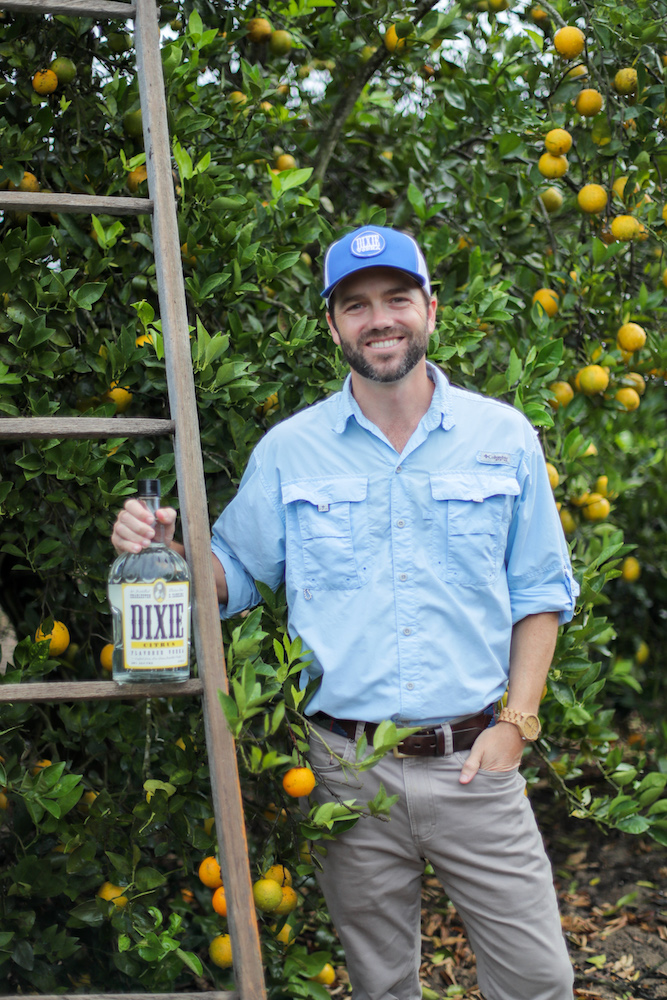
“There’s a definite shift away from artificial flavors,” says Anttila of Dixie Vodka. “Now it’s about, ‘Let’s go out and find a farm, identify the types of peaches, where they’re picked from, and include that farm in the branding process to tell their story along with ours’.”
“Flavored vodkas aren’t going anywhere, but the mentality has shifted,” he adds. “We’re looking for delicious, authentic, all-natural flavors.”
7) Healthier, Sustainable Vodka
The rise of all-natural flavors follows another trend from the other alcohol categories: healthier consumer lifestyles. People care more now about what goes into their bodies.
“In 2020, consumers are demanding a focus on natural ingredients, and we couldn’t be happier with this trend,” says Vizzari of Crystal Head Vodka. “Our spirit contains no additives, glycerol, citrus oils or sugars. We use the highest quality ingredients and blend with the purest water.”
Svedka plans to capture this trend — while also providing additional flavor options — with Svedka Pure Infusions. Launching in spring 2020, this line contains zero grams of sugar, zero grams of fat, zero grams of carbs and only 70 calories per 1.5-oz. serving. Initial flavors include Strawberry Guava, Ginger Lime and Dragonfruit Melon.
Svedka Pure Infusions comes in two size formats, with the suggested retail prices of $14.99 for a 750-ml. bottle, and $15.99 for a 1-L bottle. The brand envisions additional packaging options in the future, to attract consumers already accustomed to canned beer and wine, RTD cocktails and alcohol in Tetra Paks.
“We know consumers are looking for a balanced lifestyle, so we’re exploring ways to provide convenient, on-the-go options to best fit our consumers active lifestyles,” says Schoenberg.
Holla Spirits has launched a line of 750-ml. pouches that contain their lineup of vodkas. These retail for between $20 and $22. Different designs for the pouches include birthday-themed and camouflage, referencing their on-the-go uses for outdoor parties and camping. Consumers can also buy a 12-pack mix-and-match for $214.99.
Running alongside this healthier lifestyle trend is the sustainability movement. Consumers who count their calories are also likely to care about which brands operate in an eco-friendly manner.
“Absolut’s sustainability story sets it apart from other vodkas,” says de Beauregard of Pernod Ricard USA. “By continuously improving and keeping focus on how we can be more sustainable, Absolut’s distillery is one of the most energy-efficient in the world. Today, it has CO2 neutral distillation — a fact the brand is very proud of.”
Absolut also recently expanded their Absolut Juice line with Absolut Pear & Elderflower. Made with 5% real fruit juice, this sip-with-a-spritz RTD blend is only 99 calories per serving. Other Absolut Juice flavors include Strawberry and Apple.
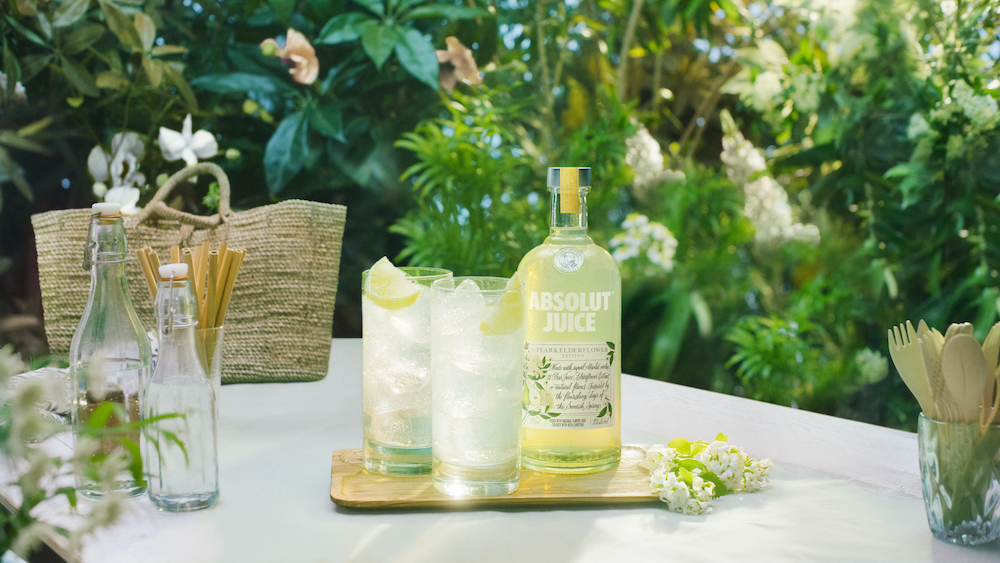
8) Less Distillation, More Flavor
Consumers today seek maximum variety in flavor, experimenting across brands and categories. For that reason, some vodka brands may move away from distilling numerous times, in order to retain unique characteristics.
“We should be trying to preserve more of the original flavors we make from vodka,” says Dorda of Chopin. “That’s what the major mistake is right now in vodka. People think vodka is all about purity. ‘I distill it so many times’. Once would be enough if you can make it legally.”
“Why?” he continues. “Because we want to taste the difference. If you have a good product, and good source, then it’s like cooking in kitchen: be gentle with your ingredients. I think same true with vodka. Don’t overcook it. Don’t overprocess it. The liquid you get from distillation is so beautifully tasting. Preserve it as much as you can.”
Agreeing with him is Luchini from Blood x Sweat x Tears.
“When creating this brand, I wanted to limit the number of distillations to maintain character,” Luchini says. “We use freeze filtration, instead, to clear the vodka.”
This involves freezing the distillate so that the “fats and solids separate,” he adds. “In this way you retain the hearts and eliminate the heads and tails. This involves extra machinery and another 72 hours in the production process, which all means extra costs. But it gives the vodka the character we like, and allows bartenders to play around with that character.”
9) Vodka Sales Grow During the Pandemic
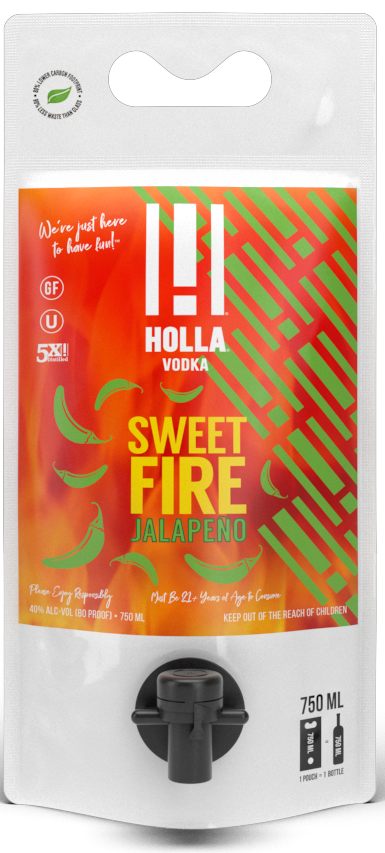
It’s a new world under the specter of COVID-19. Consumer purchasing patterns have changed. As covered earlier, this appears to benefit vodka. More people now buy simple items in bulk.
“I think for consumers it’s become a situation of ‘want’ vs. ‘need’,” says Edward Mulvihill, owner of Peco’s Liquor Store in Wilmington, DE. “You don’t need that odd Belgian craft beer, but you do need vodka.”
This has prompted, at least in the pandemic’s initial period, a purchasing spree on large-format vodka.
“People were asking me whether I had 1.75-ml. bottles of Ketel One Vodka,” Mulvihill says. “I didn’t, so I started carrying it. People are buying cases of it at a time.”
Whether consumer interest in large-format vodka stays sky high remains to be seen. Regardless, vodka as a broad category fits into a more-cautious world operating under the coronavirus. Vodka offers high-quality brands — flexible in shots and cocktails — that consumers already know and enjoy.
“Because people are at home, right now, we see the trend of people opting for spirits that they are familiar with, that have name recognition and higher quality as they add ‘bartender’ to their list of every-day jobs,” says Dorda of Chopin. “Just because we aren’t drinking in bars and restaurants doesn’t mean we are willing to compromise on quality. Better spirits simply taste better, and enhance imbibing experiences.”
“We also see people are getting back to the basics, whether it be on the rocks, a martini or a simple-yet-delicious cocktail made with minimal ingredients found in their pantries and refrigerators,” Dorda adds. “I think we will see this trend continue even more as we move into whatever the new normal is.”
Correction: An earlier version of this story misidentified the headquarters of MGP Ingredients. The company is based out of Kansas.
Photo by Alex Plesovskich on Unsplash.
Kyle Swartz is editor of Beverage Dynamics magazine. Reach him at kswartz@epgmediallc.com or on Twitter @kswartzz. Read his recent piece 7 American Whiskey Trends in 2020.

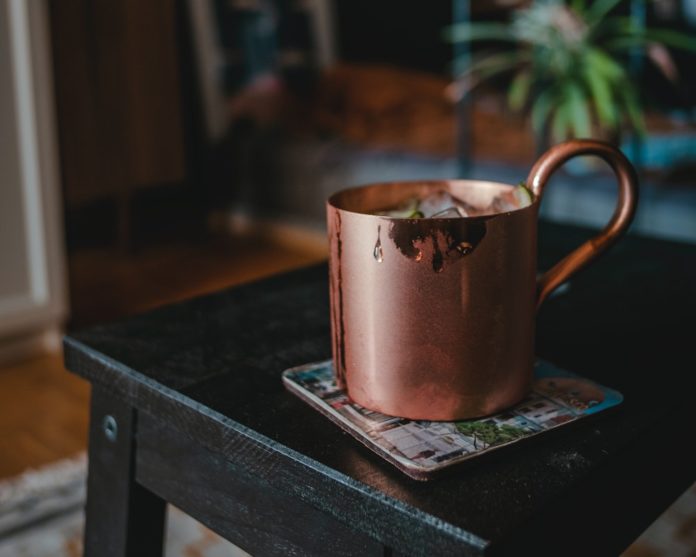



[…] This year, the Covid-19 crisis will likely strengthen vodka’s reign. Retailers across the country report customers reaching for vodka, especially larger-format bottles. Consumers want to stock up on well-known, versatile spirits… read more» ♢ […]
[…] As such, an unexpected heroic population emerged—the essential workers who bravely care for others, selflessly mobilized, during a time when they’d want nothing more than to “stop,” and become socially distant, a privilege many take for granted. At the same time, our hospitality industry, not typically a group to “stop” for anything, mobilized virtually to help feed, entertain, and calm those in need… read more» ♢ […]
[…] Made with New Amsterdam, a major Barstool partner, Pink Whitney has been a huge success for the company. Pink Whitney remains the No. 1-selling flavored vodka and has sold 500,000 cases this year. For comparison, Tito’s Handmade Vodka, the top-selling vodka brand in the U.S., sold 8.8 million cases in 2019. […]
[…] Made with New Amsterdam, a major Barstool partner, Pink Whitney has been a huge success for the company. Pink Whitney remains the No. 1-selling flavored vodka and has sold 500,000 cases this year. For comparison, Tito’s Handmade Vodka, the top-selling vodka brand in the U.S., sold 8.8 million cases in 2019. […]
Moscow Mauler Vodka
http://www.moscowmaulervodka.com
[…] been actively involved in the entire process with her mind, heart, and sophisticated taste,” says Tad Dorda, founder and CEO of Chopin Vodka. “We are honored to have our first artist-designed collaboration with legendary Vera Wang, who is […]
American bar owners are showing their support for Ukraine by renaming Russian-associated cocktails.
Many businesses around the world are replacing Moscow Mules with Kyiv Mules, following Russia’s invasion of Ukraine.
“It’s just a little token of acknowledgment to the Ukrainian people,” Christina Cruz, the owner of a Miami Beach Club told local News Chanel. “We’re just trying to raise awareness, and to let people know, we’re in support of Ukraine,” she added.
A Moscow Muleis a cocktail that includes vodka, ginger beer, and lime juice. Cruz told the outlet her bar doesn’t serve Russian vodka so is keeping all ingredients the same for the Kyiv Mule.
Darek Pachezy , the owner of New York Fine Restaurant also introduced the Kyiv Mule to his menu in recent days, per CNN.
The owners’ actions follow decisions by some of the US’s biggest retailers to take Russian vodka off stores shelves. Total Wines, Kroger, Publix, and Sam’s Club among others recently decided to do so in an effort to stand with Ukraine.
Last week, the governors of Florida,Texas and Utah called for Russian product to be removed from the store and restaurants in support of Ukraine.
Gov. Spencer J. Cox asked the Utah Department of Alcoholic Beverage Control to make a similar decision.
“GLORY TO THE HEROES”
http://www.kyiv-mule.com